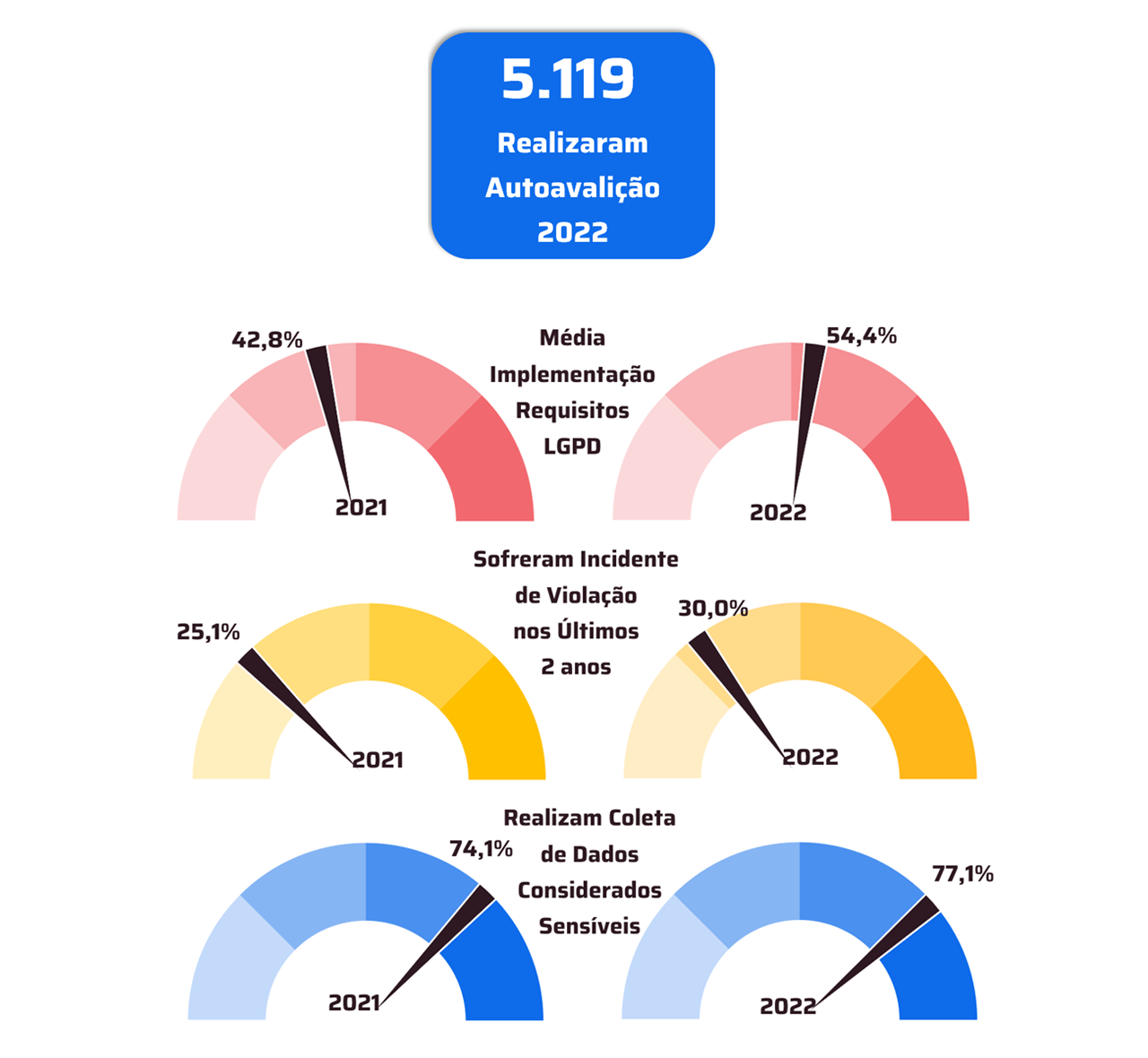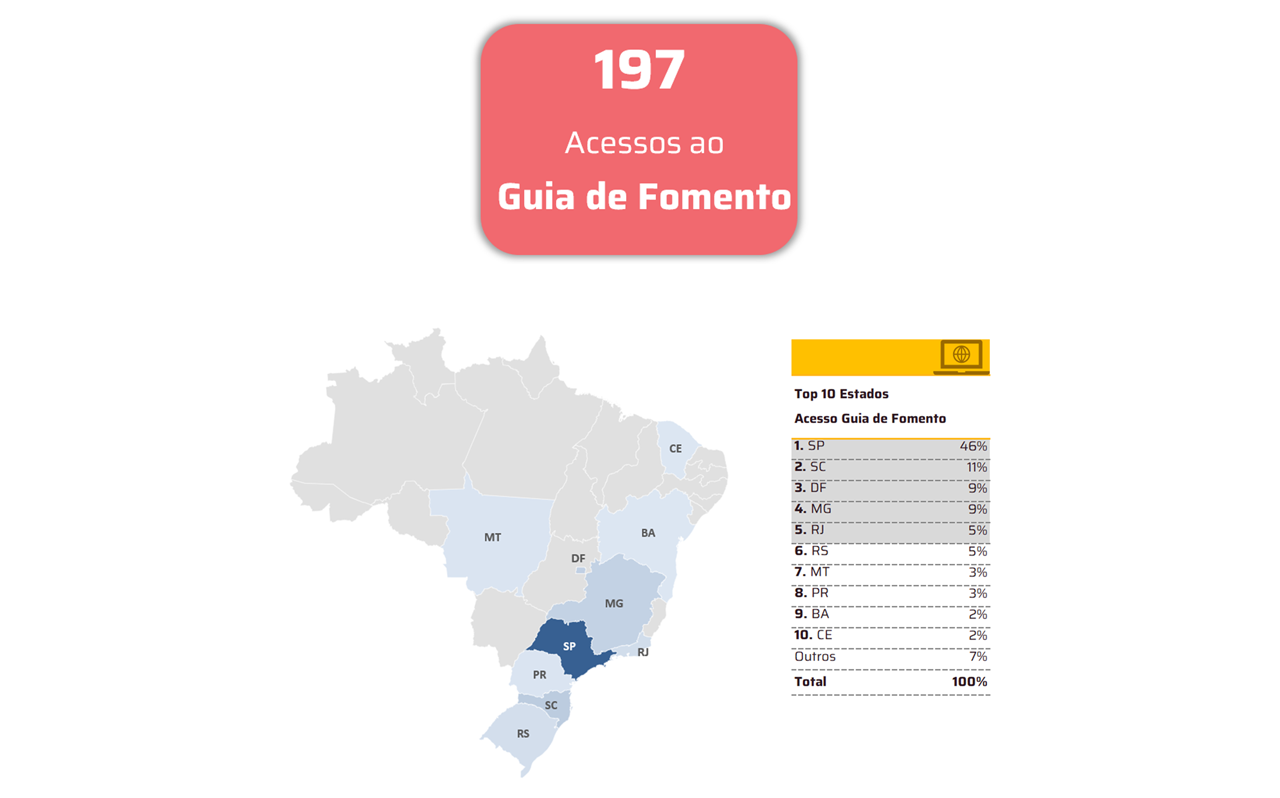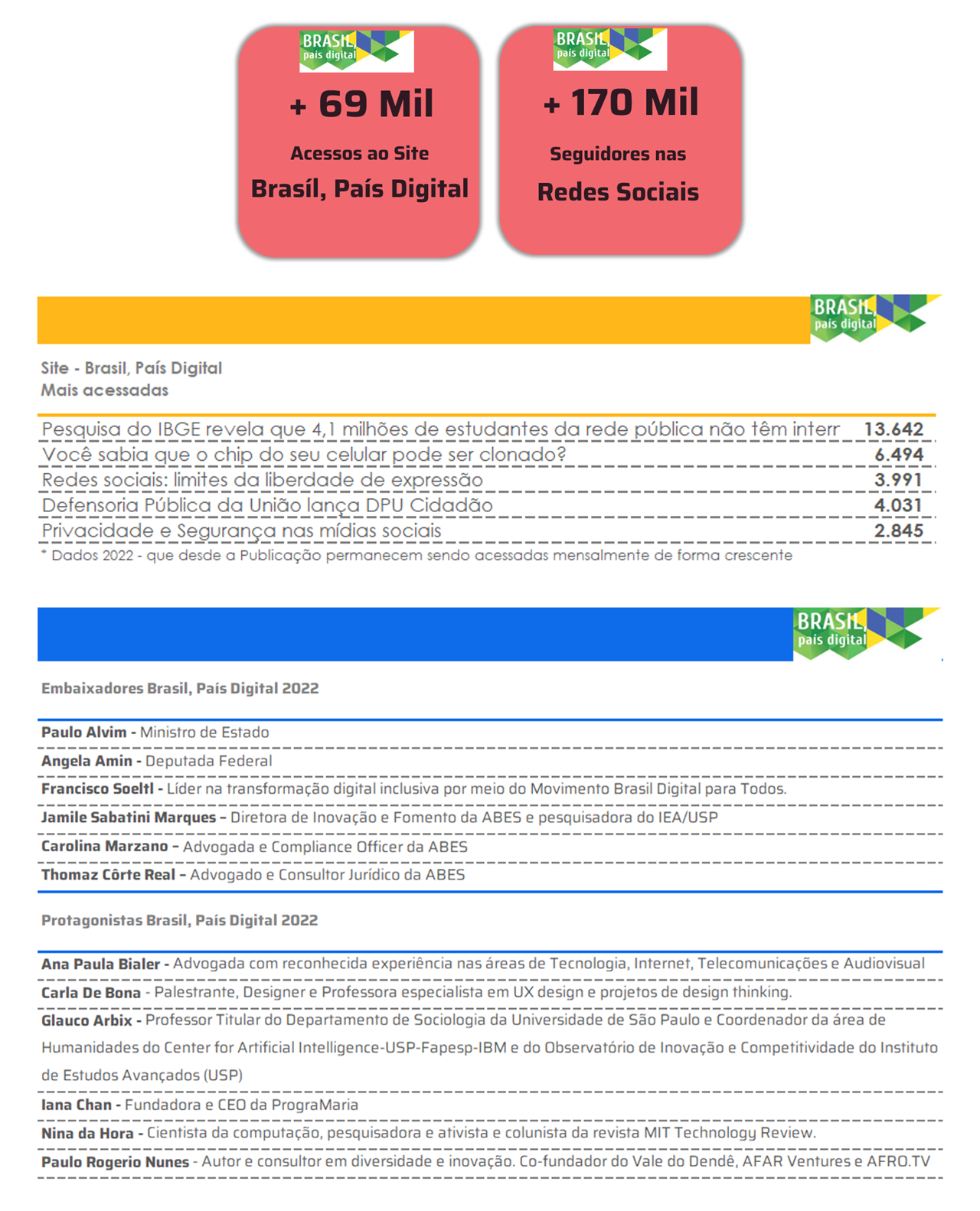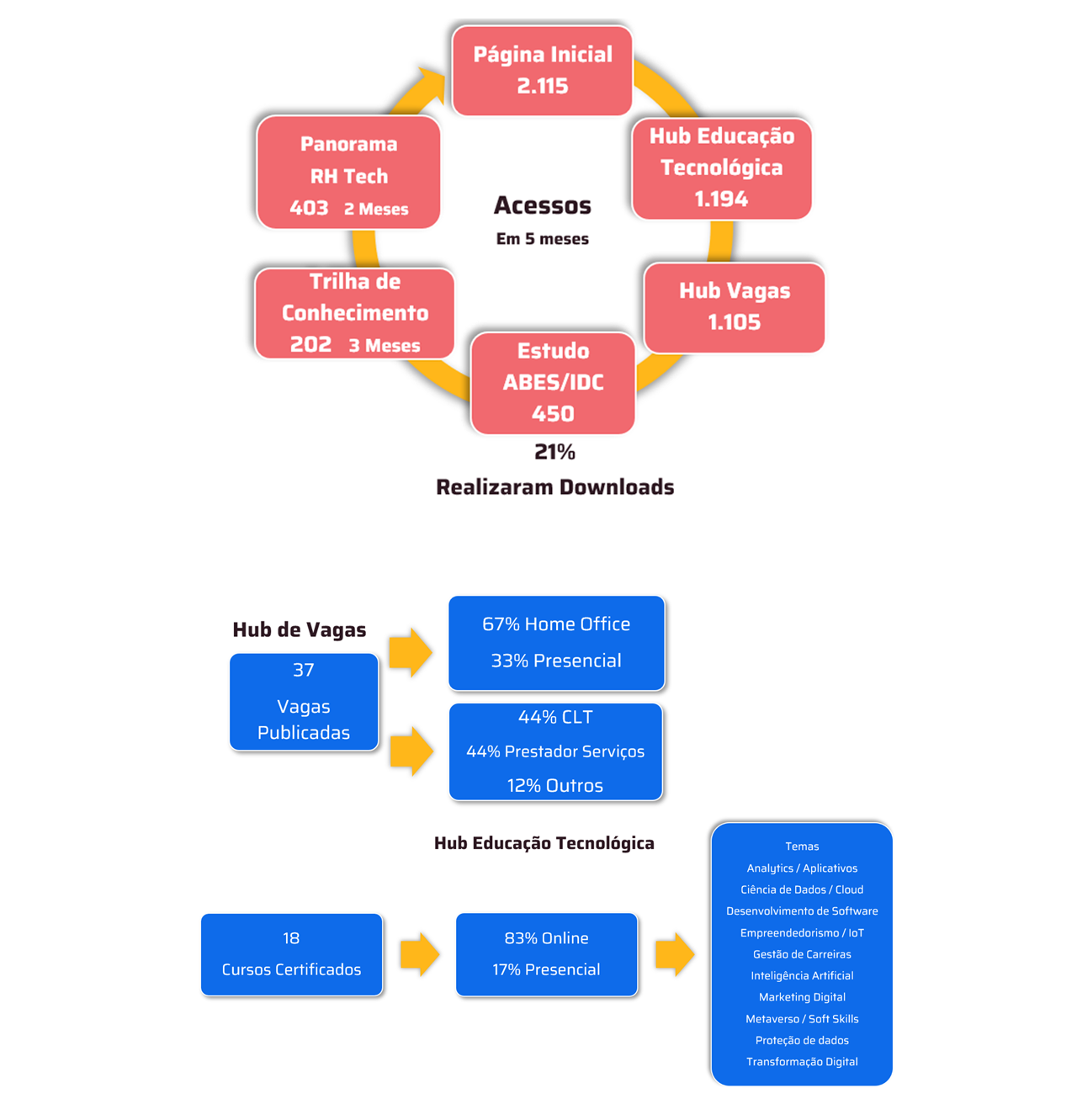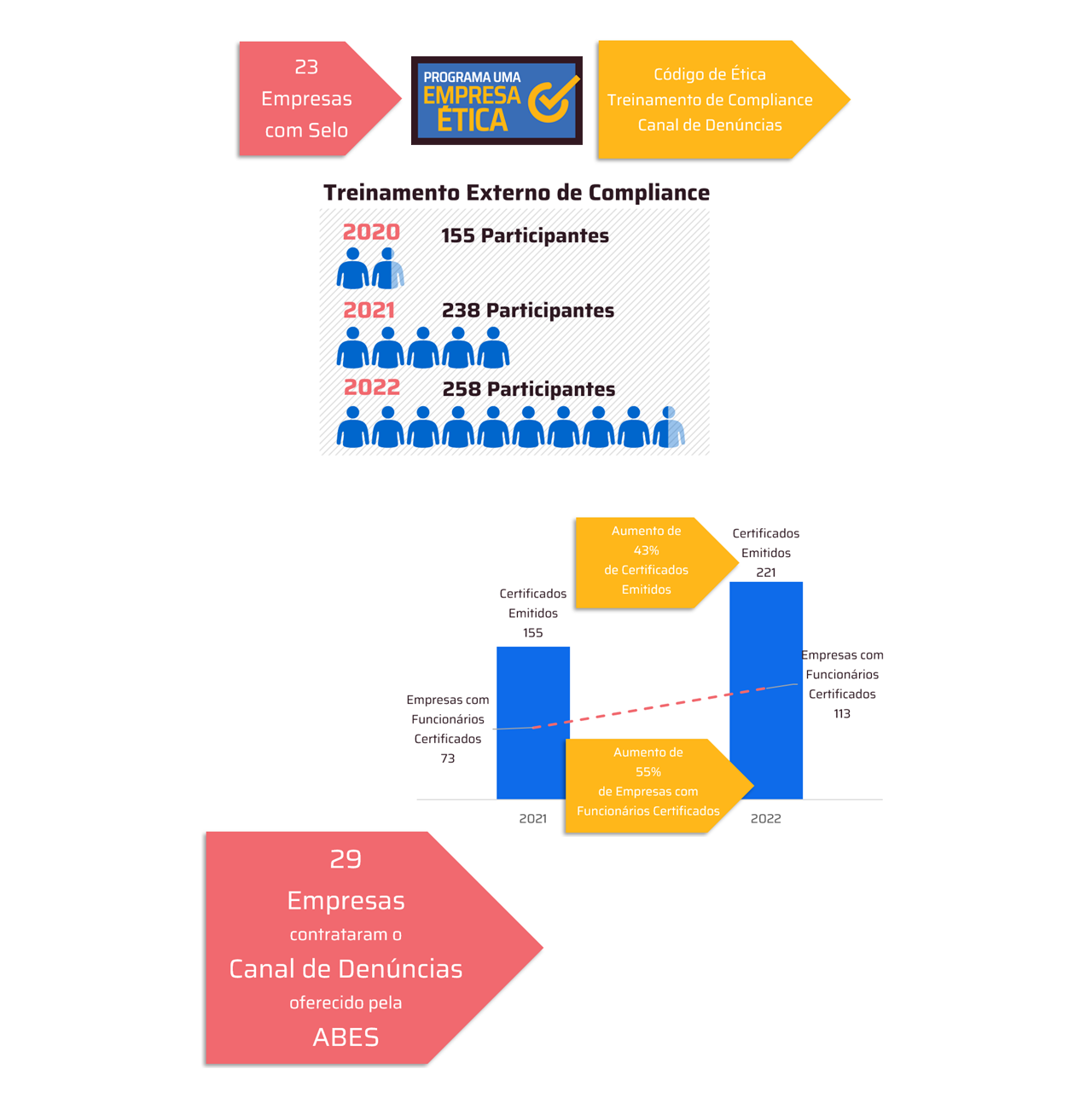Professionals from different sectors work to support clients in the development of use cases for the new technology
NTT DATA Brasil, one of the largest IT and Business consultancies in the world, created a generative artificial intelligence hub (Gen AI), technology used in ChatGPT. The group, made up of specialists in generative artificial intelligence and in different NTT DATA services, works alongside clients proposing and testing innovative and strategic uses of generative AI in business.
“The hub consolidates our generative AI capabilities and makes them available to the market,” says Evandro Armelin, partner at NTT DATA Brasil. “We help customers get in touch with this technology, which has enormous potential to create innovative services and increase productivity, and we test applications that generate the greatest possible impact on their business.”
Expanding the frontiers of innovation
 The hub has been working since April. Since its creation, around 20 cases have been carried out in ten clients, from areas such as banks, telecom and industry. “We show customers the possibilities of this technology and suggest the adoption of more innovative use cases with potential for generating wealth and new business,” says Luis Quiles, director of Artificial Intelligence at NTT DATA Brasil.
The hub has been working since April. Since its creation, around 20 cases have been carried out in ten clients, from areas such as banks, telecom and industry. “We show customers the possibilities of this technology and suggest the adoption of more innovative use cases with potential for generating wealth and new business,” says Luis Quiles, director of Artificial Intelligence at NTT DATA Brasil.
In addition to working with customers, the hub's specialists carry out research and tests to create products and services that will be offered to the market and applied internally. “We have several areas, such as software engineering, that benefit from generative AI, allowing for greater efficiency and lower costs,” says Quiles. An example is the use of technology for automation in programming. Generative AI enables an efficiency gain of between 6% and 40% in code generation.
The uses of generative AI
According to Armelin, generative AI has been used primarily in three areas: customer service, process automation and content generation. One of the examples of use cases that we implemented for our clients is precisely in the area of customer service, in which we applied GenAI to facilitate the Call Center attendant's access to the information he needs to perform the service and, thus, we help him to find the better answers and solutions, more quickly, streamlining the process and improving customer satisfaction”, he explains.
Generative AI has also been used in the creation and automation of marketing campaigns – generating the campaign texts and images. The work is similar to that done by a marketing professional: it starts with the creative idea, the choice of the type of communication – whether more personal or promotional –, the communication channel, whether the focus will be on a particular product or not, the size of the text, among other points. “Those who use generative AI can define the parameters they see fit or let the AI decide for itself,” explains Quiles
Quiles tells of a curious case that occurred during tests with a company in the telecommunications area. “At one point, generative AI created campaigns with new products that the client did not offer. Most impressive was that the products created made sense considering the creative idea of the campaign and could be marketed.”
According to Quiles, this creative ability of generative AI is due to its ability to identify complex patterns in data and then use them to form new combinations and produce original results. “From inputs introduced by the user, AI is able to create amazing content that respects and incorporates the user's needs. It is a collaborative process between man and machine”, says Quiles.





